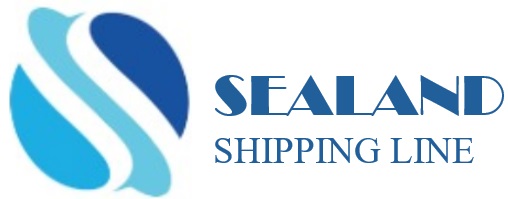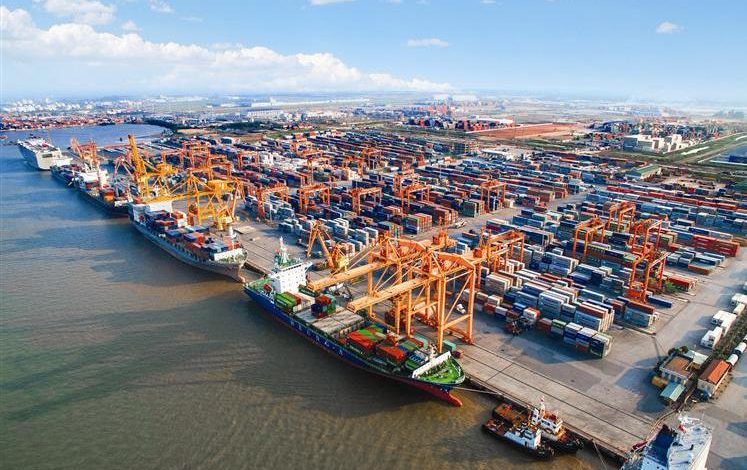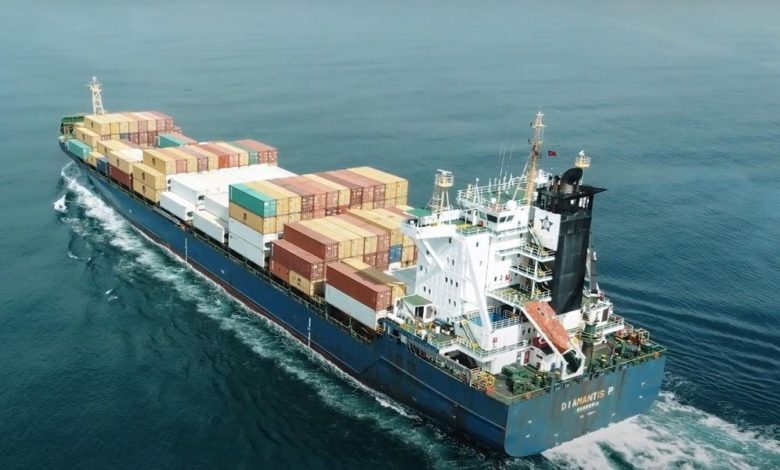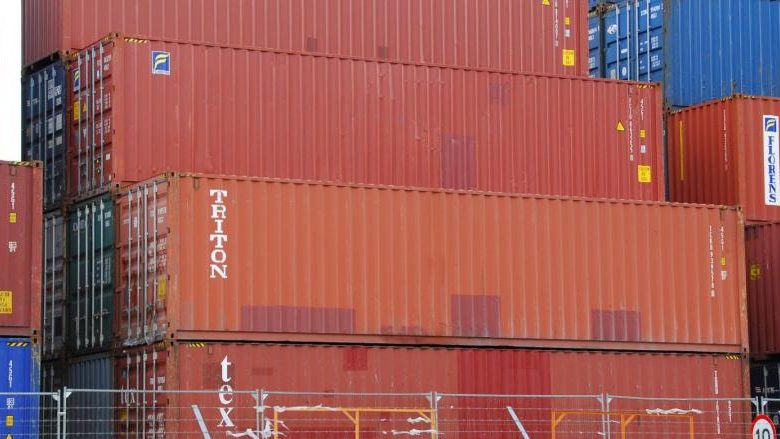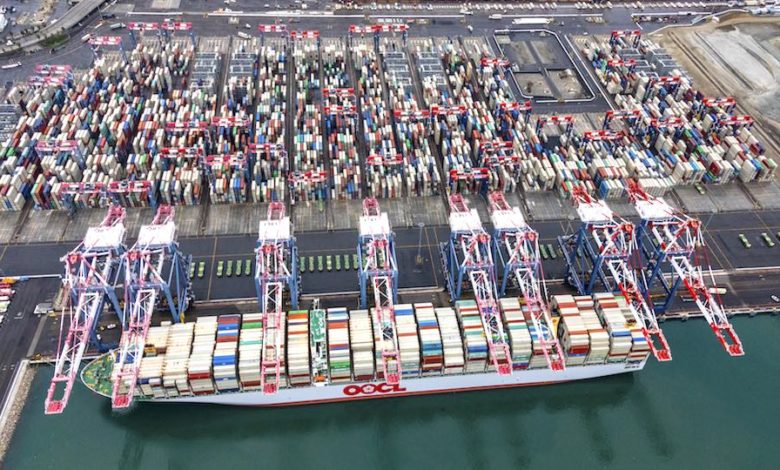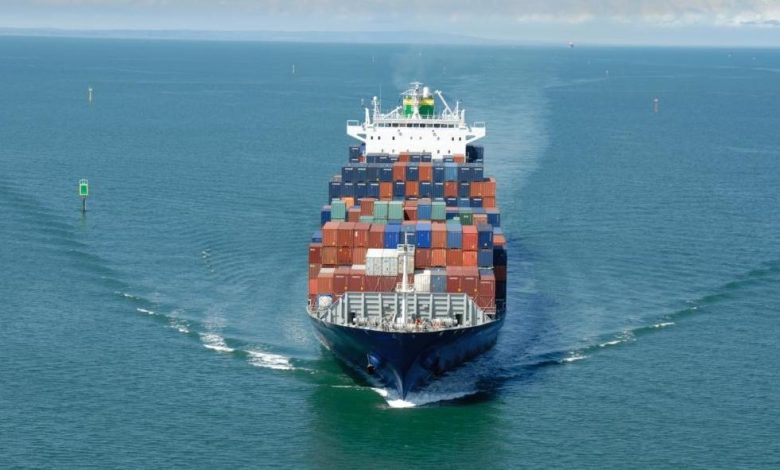Capitalising on China’s recovery
in International Shipping News 22/04/2023

“Change is afoot in China,” according to Wood Mackenzie principal economist for the Asia Pacific region, Yanting Zhou. With economic growth slowing, rising political tensions between China and the US, and global supply chain restructuring, ‘disruption’ is batting at China’s external markets.
“The new government has much to do to accelerate the recovery of the Chinese economy,” Zhou said. As it shuns US trade and investment in favour of neighbouring Asian economies, China must boost its domestic consumption.
In a research note, Wood Mackenzie analysed strategies and policies for the new government as it deals with four major changes in the Chinese economy.
The first change refers to the new government and new policies. At the March 2023 National People’s Congress, Xi Jinping was re-elected president and Li Qiang became China’s new premier. “Although the top leader is unchanged and the long-term strategy of ‘dual circulation’ persists, we expect there to be changes to the government’s short- to medium-term policies to support the recovery of the Chinese economy,” Zhou said.
Second is the reopening of the economy. The government has set a “lower-than-expected” gross domestic product growth target of 5% for 2023. “While we think this target is somewhat conservative, it could also mean that China will face more challenges in recovery and that government support will be below expectations.”
Wood Mackenzie forecasts GDP growth of 5.5% this year, although it concedes that if China really pushes to make up ground lost during the pandemic, 7% growth is “not impossible”. It anticipates GDP growth of 5.1% in 2024.
China’s ‘zero-Covid’ policy hit its economy hard. GDP dropped to 3% in 2022, which affected energy demand with oil consumption and LNG imports dropping. On the flipside, low-cost domestic coal production increased.
External changes
The third change is the shifting external markets. Wood Mackenzie notes that China’s exports are expected to decline in 2023, in line with the global economic slowdown. Data on exports from the first two months of the year confirmed the downward trend: they fell 6.8% compared with the same period in 2022. Also, the souring US-China relationship will come into play, while the wider global supply chain is seeking to diversify from China for cost, security and political reasons.
Wood Mackenzie notes that China has reacted by redirecting trade and investment to the Belt and Road countries. “The country has been promoting the Regional Comprehensive Economic Partnership (RCEP), which came into effect on January 1, 2022,” Zhou said. “China has also been reducing import tariffs in line with RCEP requirements and its eight free trade agreements with countries across Latin America, Asia and Europe.”
Wood Mackenzie notes that the Peterson Institute for International Economics calculated that China’s import tariffs for the rest of world had dropped from 8% in early 2018 to 6.5% by the end of 2022, while taxes for the US had increased from 8% to 21.2%.
However, the analyst notes that beyond the short term, China’s competitiveness will be challenged. “Its cost advantage, especially for middle- and low-end products, is already eroding,” Zhou said. “Consequently, growing domestic demand has become more important ‒ and China has ground to recoup. At the end of 2022, the economy was 3% below where we expected it to be based on its pre-Covid trajectory.”
The final change is the shift from quantity-driven growth to quality-driven growth highlighted by Premier Li. This hopes to address demographic changes, where China’s population fell for the first time in 2022, alongside a slowdown in urbanisation. “To achieve this, however, the government needs a new set of policy tools to support consumption,” Zhou said. “A systematic consumption revival plan is needed.”
While the government has made boosting domestic consumption a priority, specific measures have been thin on the ground. Wood Mackenzie reports that some local governments are providing consumption incentives, for example on auto purchases and coupons for home appliances. However, these are criticised as measures that “merely bring forward future demand and rarely create additional demand”.
“The real challenge for the new government is to raise the population’s willingness to consume and reduce China’s ultra-high saving rates by providing more security to Chinese households,” Zhou said.
Impact on commodities
In its Horizons: The Great Reopening report, Wood Mackenzie examined what the end of China’s ‘zero-Covid’ strategy means for global energy and natural resources. It described the analysed scenarios as “bullish for all commodities”, where finely balanced markets for oil, LNG and coal are leveraged to a super-charge a Chinese bounce.
In the analyst’s China high-growth scenario, increased construction activity would result in China’s oil demand growing by 1.4 million barrels per day (bpd) on the year – about 400,000 bpd higher than its base case. “This additional China demand in a year with very strong global growth tightens the market further,” the report said. Chinese demand for diesel/gas oil and petrochemical feedstocks is also stronger in its high-growth scenario, offset by lower exports of gasoline, jet and diesel/gasoil.
While Chinese LNG imports fell by 16 million tonnes or 20% in 2022, gas demand is now rebounding. “We expect more than 30 billion cubic metres (bcm) (9%) of demand growth, supported by stronger GDP growth and lower prices. However, booming domestic production (up 14 bcm) and continued growth in Russian pipeline imports (up 7 bcm) will constrain LNG imports to 71 Mt (97 bcm) in 2023.” This is 7.4 million tonnes (10 bcm) more than in 2022 and well below the 80 million tonnes imported in 2021.
Meanwhile, Wood Mackenzie predicts a “potential record-breaking year” for global coal demand in 2023. “Our base case sees significant growth in China’s coal demand in 2023: 85 million tonnes (4%) in the power sector and 17 million tonnes (1%) in the non-power sector,” it said. However, with domestic supply expected to increase by 85 million tonnes, the analyst expects only 17 million tonnes of import increases this year. That said, in its high growth scenario, China sets a record for global coal demand, exceeding 2019 demand of 8,512 million tonnes. Most would be sourced domestically, but China would still need an additional 49 million tonnes of seaborne coal, including 40 million tonnes of thermal under that scenario.
Source: Baltic Exchange
